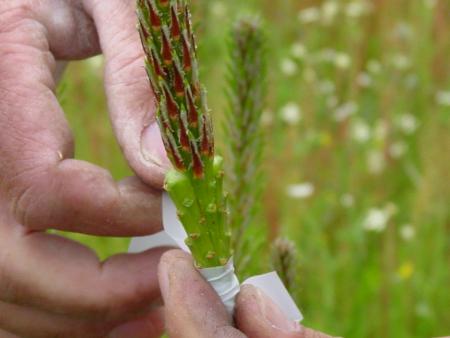
Objective:
There are several requirements and experiences for a successfull graft, that are reviewed in the following from a practical point of view.
In coastal regions like the Portuguese Alentejo or Catalonian Empordà, grafting is usually performed directly in the field on young plantations, by specialised teams of skilled forest workers. In-nursery grafting on container-raised rootstocks is an alternative, not discussed here, for harsher climate conditions where in situ grafting has a low success rate due to unpredictable spring weather (rain, wind, or late frost in some years, early heat waves in others).
Several handbooks and guides are available online for further consultation.
Context:
The application of grafting in stone pine has been spreading over the last decade in plantations for producing the edible pine nuts. Commercial scions are obtained from plus trees - stone pine trees selected for their growth characteristics, vitality and cone productivity. Registered base materials are available in Portugal, a qualified clone mixtures from 64 plus trees, and in Spain, 10 qualified clones and 5 tested clones after evaluation in common garden trials.
The advantages of grafting are:
- Replicate plus trees, good cone producers;
- Skip the immature juvenile phase of young trees, bearing cones from the beginning;
- Reduce harvest costs by less stem height, starting the crown from the ground.
Contacts:
Conceição Santos Silva, mcsilva@unac.pt, http://www.unac.pt/
Sven Mutke, mutke@inia.es, www.inia.es
Further information:
APFC, 2015 – Enxertia do pinheiro manso. Coruche.